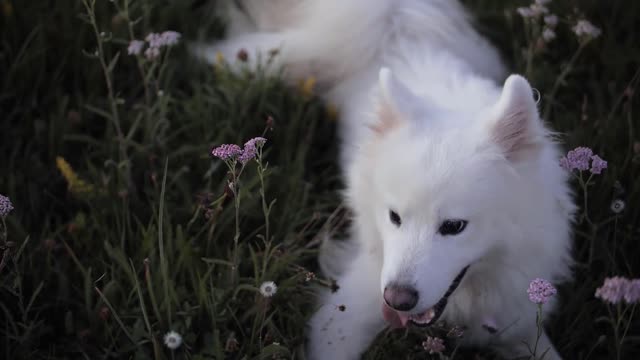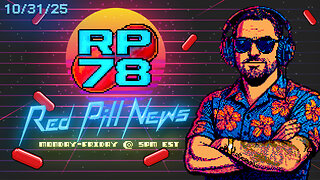Premium Only Content

The use of sodium in dog and cat food.
The use of sodium in dog and cat food.
Sodium is an essential mineral in the diet of dogs and cats. Compared to humans, animals have a much higher tolerance for this nutrient. Learn about some of the benefits of sodium in pet diets, and understand one of the biggest myths about small animal nutrition.
In human medicine, it is common to restrict and worry about the use of sodium in food, and to avoid sausages and other foods to control mainly blood pressure and care with cardiac and renal alterations. Thus, some myths related to the use of sodium in pet food have arisen due to the close relationship between man and animal.
Sodium in pet food is extremely important for optimal health, and the amount of this macroelement in the diet is considerably higher and not harmful as it would be in humans. The conventional industrialized foods (pet food) are balanced and formulated according to the needs of each stage of life, following the nutritional recommendations described by the NRC (National Research Council of the US National Academy of Sciences), FEDIAF (European Pet Food Industry Federation) and Abinpet (Brazilian Pet Products Industry Association), and the non-conventional diets, such as the homemade diet when well formulated and prescribed, also do not bring risks regarding the amount of sodium in the diet. The big problem is when offering non-balanced diets and not properly formulated, where the sodium level and other macro and micro elements may be unbalanced, generating several complications to the animals.
Dogs and cats tolerate relatively higher amounts of sodium in diets, according to data from FEDIAF 2018, a nutritional guideline widely respected and followed by nutrological veterinary physicians. Studies show that 0.19g/1000 kcal of metabolizable energy is adequate for dogs at all life stages, while healthy cats tolerate contents of up to 3.75 g/1000 kcal. Higher values may still be safe, but no studies exist. For growing dogs and cats, these levels may be higher, due to nutritional requirements in the puppy growth phase. So, if we look at the basic composition of puppy food, the sodium level will always be higher than for an adult or senior animal.
Sodium is part of several systems in the animal's body, being responsible, for example, for the acid-base balance and for the utilization of glucose, which is the source of energy for the cells and for the animals
-
 1:21:41
1:21:41
Glenn Greenwald
4 hours agoGlenn Takes Your Questions: On the Argentina Bailout, Money in Politics, and More | SYSTEM UPDATE #541
43.6K19 -
 LIVE
LIVE
Barry Cunningham
1 hour agoPRESIDENT TRUMP TO USE NUCLEAR OPTION? FOOD STAMPS END! | SHUTDOWN DAY 31
2,413 watching -
 1:06:56
1:06:56
BonginoReport
9 hours agoThe Battle Between Good & Evil w/ Demonologist Rick Hansen - Hayley Caronia (Ep.168)
70.5K18 -
 1:12:57
1:12:57
Kim Iversen
4 hours agoBill Gates Suddenly Says “Don’t Worry About Climate Change”?
65.2K33 -
 1:05:12
1:05:12
Michael Franzese
4 hours agoI Waited 50 Years to Tell You What Happened on Halloween 1975
22.4K8 -
 1:07:15
1:07:15
Candace Show Podcast
4 hours agoINFILTRATION: Charlie Kirk Was Being Tracked For Years. | Candace Ep 256
60.2K213 -
 LIVE
LIVE
Rallied
3 hours ago $0.66 earnedWarzone Solo Challenges then RedSec Domination
122 watching -
 2:34:30
2:34:30
Red Pill News
6 hours agoBoomerang Time - DOJ Investigating BLM Fraud on Red Pill News Live
44.7K10 -
 1:46:14
1:46:14
Roseanne Barr
6 hours ago“The Over Emotional Are Always Under Informed” | The Roseanne Barr Podcast #121
81.6K44 -
 3:24:28
3:24:28
Nerdrotic
7 hours ago $9.50 earnedThe WitcHER DOA | Box Office Massacre | Massive Industry Layoffs - Friday Night Tights 378
47.6K7